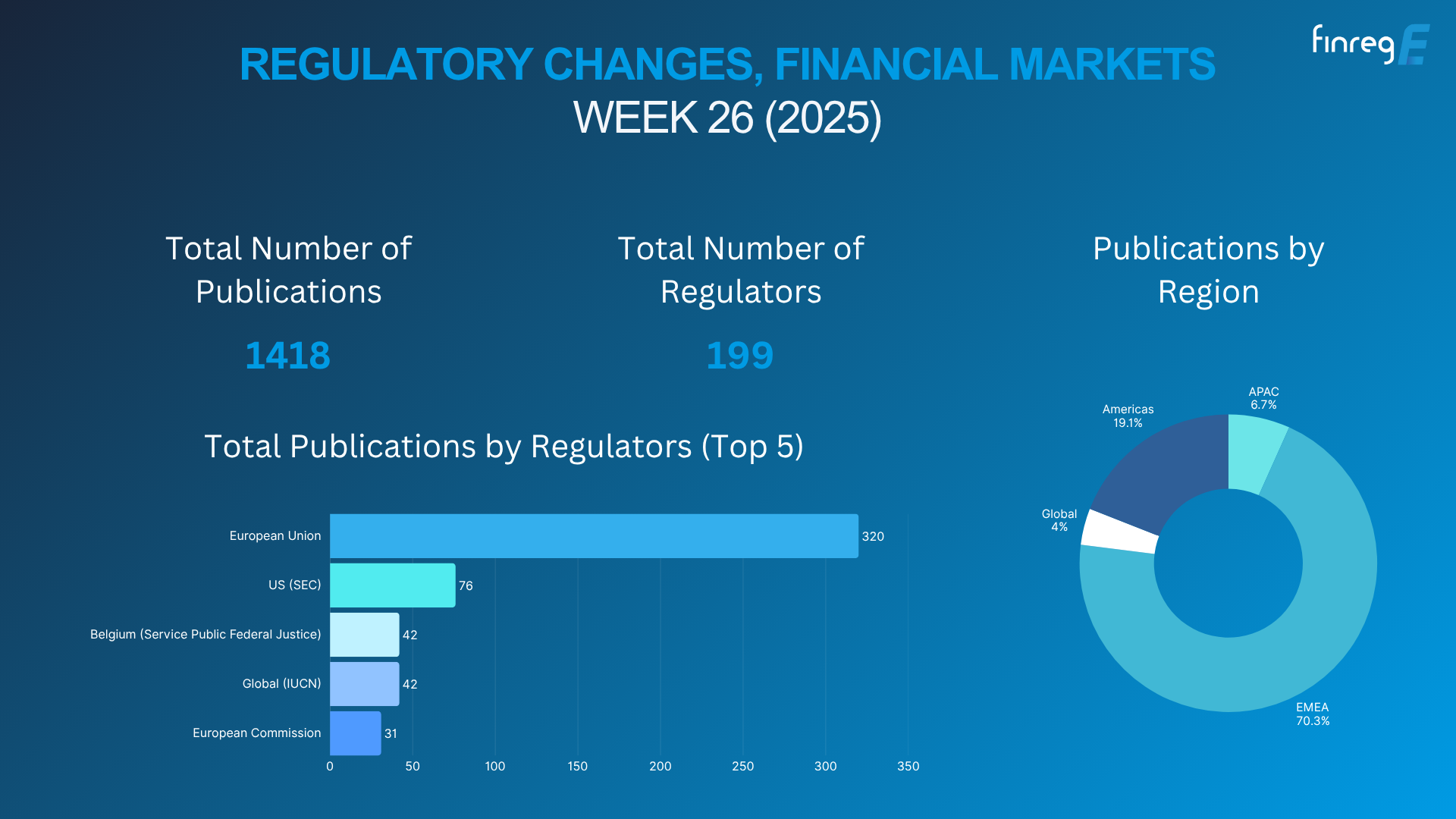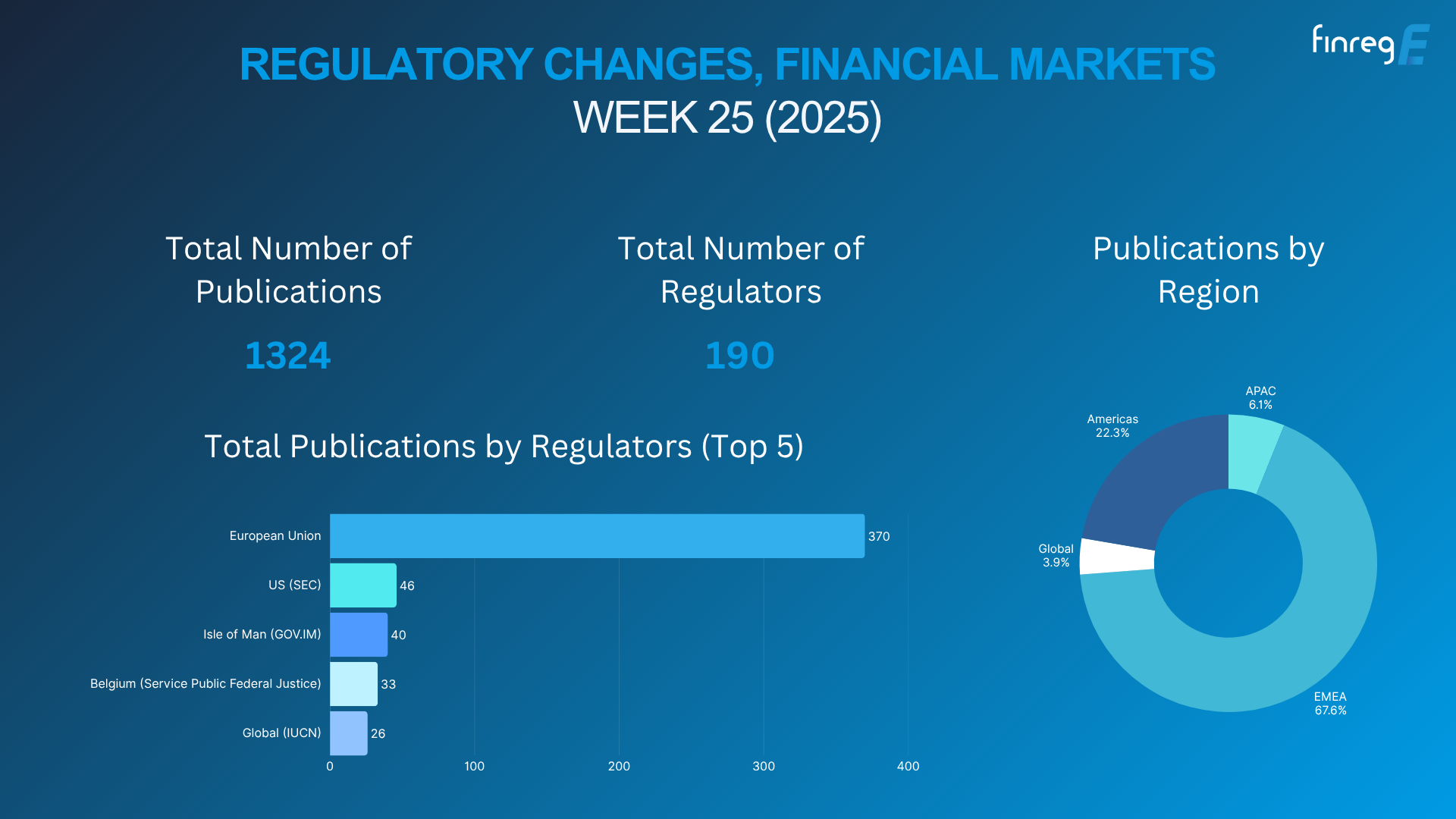As financial compliance frameworks become more extensive and ambitious thanks to frequent updates, there are more questions about managing compliance and making it more cost-efficient.
Governance, risk and compliance (GRC) have become an expensive, cumbersome process, with procedures taking 40% of IT security budgets and over 10,000 hours for professionals to complete.
In this environment, it is no surprise that most organisations are looking to reduce the time and budgets to reduce the scope and complexity of compliance procedures and convert it into a more efficient process.
Given the challenge of streamlining financial compliance, automated platforms are proving to be critical for optimising regulation and compliance.
Read on to explore four reasons why you should use automated solutions to optimise regulation, cut costs, and fuel growth.
Four reasons to use an automated regulatory compliance solution
Keep up-to-date on the latest regulatory updates
As updates bring new legislation and change business practices, waiting for an annual or even a quarterly review for compliance actions is no longer a viable option.
If organisations learn about an update months after it was announced, they cannot adjust business operations on time, leading to a fine or penalty.
To avoid this problem, organisations need a system where they can get the latest updates to regulations in real-time.
This is where automated solutions become handy; the solution can pick up the latest updates from financial organisations and send them directly to your compliance team.
This would help them respond faster to a new update and ensure that you comply with the latest version of the compliance framework.
Automate processes to accelerate productivity
It is not unusual to see compliance professionals spend hours compiling reports, scouring for updates, and assessing internal operations to ensure the company follows compliance procedures.
While some business operations require the expertise of a compliance professional, there are some tasks that need to be automated – such as compiling reports to save time and improve efficiency.
A regulatory automated solution is suited to this task because it can help organisations automate repetitive processes while optimising others.
For example, RegTech solutions can compile regulatory reports by collecting data into a central source to streamline the report production process while also automating control processes, risk assessments, and alerts.
Determine if compliance updates are relevant to them and how
When compliance updates are issued, financial organisations have their regulatory team assess the updates to determine how to adjust internal operations to meet the new standards set.
Alternatively, organisations could consult external experts or consultants, which could be a costly proposition.
Moreover, it could delay an organisation’s ability to respond to a new compliance update. This is because consultants need to navigate an unfamiliar corporate structure, assess what the updates mean for the organisation, and how they can amend business operations to match these updates.
As you can imagine, this can hamper an organisation’s ability to respond to new compliance updates. Hence to streamline the process, reduce compliance costs, and ensure that operations meet the new requirements, they should leverage an automated regulatory compliance solution.
These solutions can map external updates to internal business operations, making it easier to determine how financial organisations can adjust operations and meet the latest regulatory updates.
Organise regulatory content and make compliance more efficient
As financial regulatory content expands in volume, keeping track of compliance updates and ensuring that organisations follow the necessary procedures becomes difficult.
To ensure that organisations can keep up with the volume of regulatory content, organisations need to set up a metadata library, making it far easier to scan and manage regulatory content.
This is where automated solutions become useful; the platform can help organisations scan and store regulatory content with machines, making it easier to sift through regulatory content to ensure compliance, streamlining regulatory content management to save time, cut costs, and improve productivity.
It also effectively reduces the workload of most organisations to ensure that they do not get bogged down in managing the large volume of regulatory content, effectively streamlining content.
Achieving growth and innovation in regulatory compliance management
Regulatory compliance management has long been seen as an inefficient sector within finance organisations that consume resources, places severe restrictions on company operations, hampers business operations and discourages innovation.
However, by using an automated regulatory compliance solution, organisations can convert compliance into a simple and agile process to be scaled across the business.
In fact, with automation, compliance teams can convert regulatory management into a process that encourages innovation and growth within the organisation.
By eliminating red tape and inefficiency, organisations can discover new opportunities for growth and innovation, redefining how compliance management is conceived.





